SOURCE: RAUNAK KUNDE / NEWS BEAT / IDRW.ORG


In a significant move to enhance its maritime strike capabilities, the Indian Navy has received an offer from Kongsberg Defence & Aerospace to equip its fleet of MH-60R Seahawk Maritime Helicopters with the advanced Naval Strike Missile (NSM). Currently, the Indian Navy operates 9 MH-60R Seahawk helicopters, with an additional 15 units scheduled for delivery by the end of 2025. The integration of the Naval Strike Missile with these helicopters will significantly upgrade the Indian Navy’s ability to engage surface and coastal targets at extended ranges.
The Naval Strike Missile (NSM) is a long-range, precision-guided cruise missile designed for use against both sea and land-based targets. With a range of over 185 km (100 nautical miles), the NSM provides a fire-and-forget solution, meaning it can engage targets autonomously once launched, without requiring continuous guidance from the launching platform. This stand-off capability allows the missile to be launched from a distance beyond the reach of most known naval air defence systems, ensuring the safety of the launch platform.
Continue readingSOURCE: RAUNAK KUNDE / NEWS BEAT / IDRW.ORG
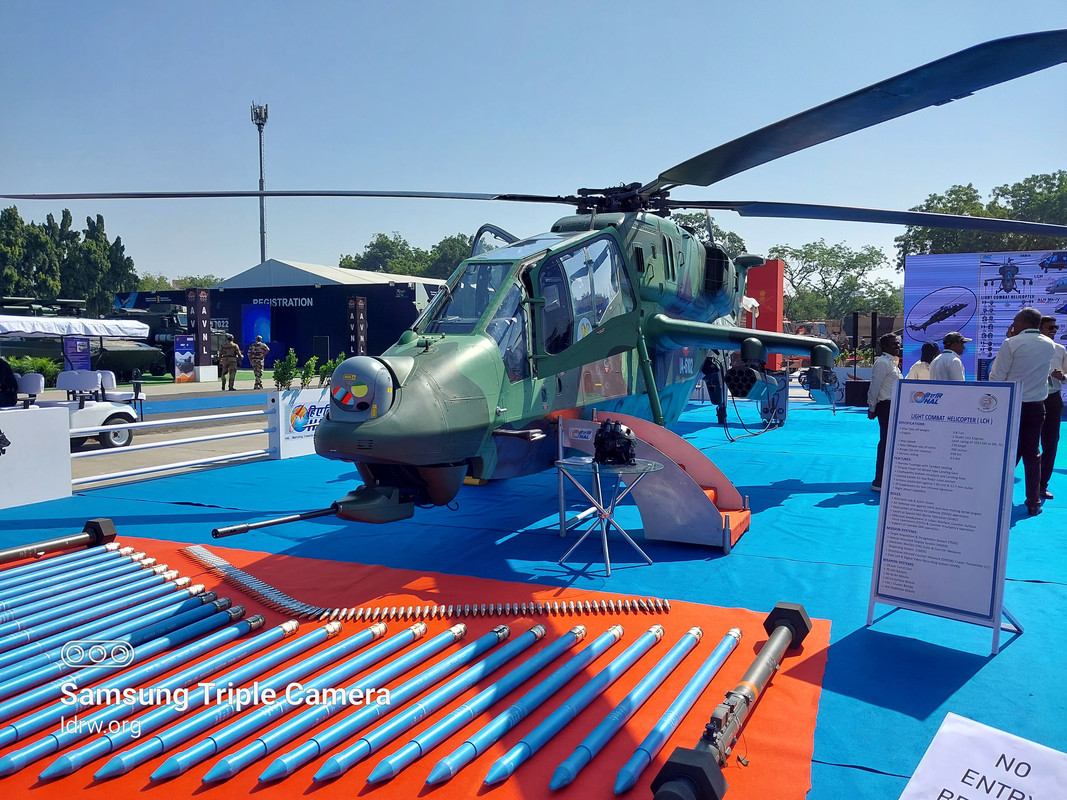

Hindustan Aeronautics Limited (HAL), India’s premier aerospace and defence company, has initiated a significant step toward enhancing the survivability and combat efficiency of its Light Combat Helicopter (LCH) fleet by issuing a Request for Proposal (RFP) for the co-development of an advanced Electronic Warfare (EW) Suite. This project is spearheaded by HAL’s Strategic Electronics Research & Design Centre (SLRDC) in Hyderabad and marks an essential move to boost the indigenous capabilities of India’s defence sector.
The LCH, developed by HAL, is specifically designed for high-altitude warfare, equipped to operate effectively in diverse and challenging environments, from the mountainous regions along India’s borders to low-altitude operations. Equipped with a variety of weaponry, including air-to-air missiles, anti-tank guided missiles, and rockets, the LCH has been optimized for offensive and defensive roles. However, the growing spectrum of threats in modern warfare necessitates a robust EW system to enhance mission survivability.
Continue readingSOURCE: IDRW.ORG
)

The Indian Army is taking significant strides to modernise its artillery capabilities with plans to procure 12 regiments of the longer-range Pinaka Mark II Multi-Launch Rocket System (MLRS). This new acquisition follows the successful development of the Pinaka Mk-II rocket by the Armament Research and Development Establishment (ARDE), a major advancement over the earlier Pinaka Mk-I version. With a range of up to 70 km, the Pinaka Mk-II is designed to provide the Indian Army with enhanced firepower and strategic reach on the battlefield.
The Pinaka Mk-II rocket is an indirect fire, free-flight artillery rocket system designed to neutralize a variety of area targets at distances ranging from 20 to 70 km. The new rocket is compatible with the existing Pinaka MBRS launch vehicle and ground systems, with minor modifications made to accommodate the increased range of the Mk-II. This compatibility ensures a seamless integration of the new rocket into the army’s current artillery framework without the need for an entirely new infrastructure, thus making the upgrade both cost-effective and efficient.
Continue readingSOURCE: IDRW.ORG.
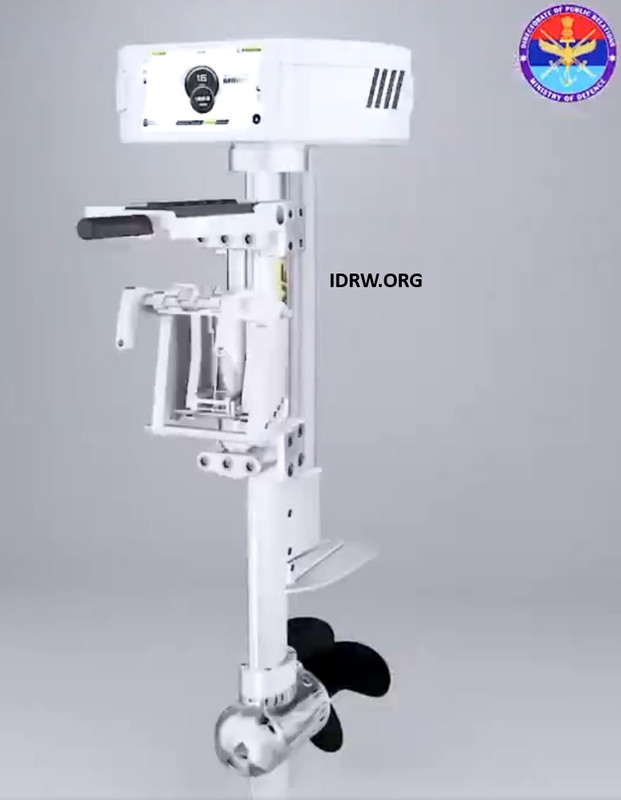

In an impressive stride towards self-reliance and innovation in defense technology, KalBhroz Electric Pvt Ltd, an Indian firm specializing in electric propulsion systems, has unveiled state-of-the-art electric outboard motors and submersible pumps that surpass traditional systems. These advanced systems not only align with the Indian Navy’s shift toward more sustainable and high-performance solutions but also showcase the prowess of Indian technology in modern naval applications.
KalBhroz’s electric outboard motors are designed to meet the increasing demand for reliable, eco-friendly propulsion systems in military and defense applications. Traditional fuel-powered outboard motors, though widely used, pose several challenges, including higher operational costs, significant maintenance, and environmental pollution. KalBhroz’s electric motors eliminate many of these issues, offering a range of benefits that make them highly suitable for naval operations.
Continue readingSOURCE: RAUNAK KUNDE / NEWS BEAT / IDRW.ORG
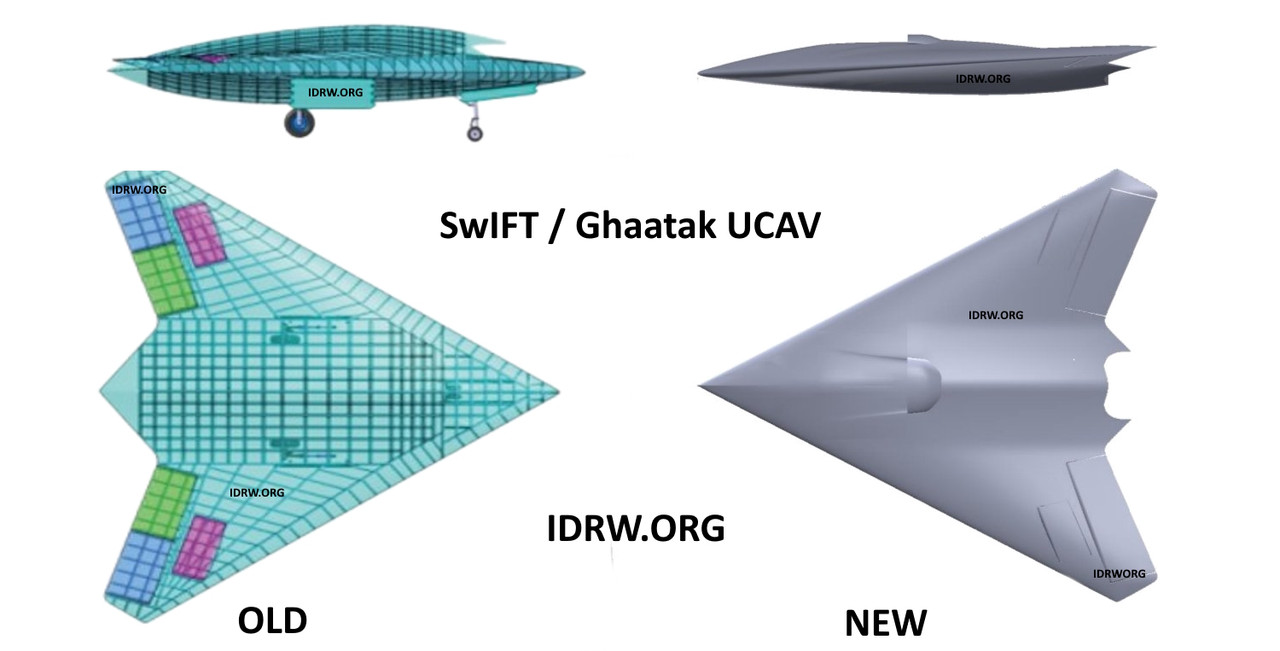

In a recent interaction with idrw.org, an Indian Air Force (IAF) official revealed that the IAF is planning to procure 8-9 squadrons of the Ghatak Unmanned Combat Aerial Vehicle (UCAV) once it enters production. The Ghatak UCAV, currently under development by the Aeronautical Development Establishment (ADE) and Defence Research and Development Organisation (DRDO), is a key component of India’s efforts to enhance its autonomous warfare capabilities.
idrw.org recently reported that ADE and DRDO have commenced the fabrication of the 13-ton stealth UCAV, which is designed for covert operations behind enemy lines. The Ghatak will feature an internal weapons bay to carry a variety of payloads, including precision-guided munitions, enabling it to conduct surgical strikes while maintaining a low radar signature.
Continue readingSOURCE: RAUNAK KUNDE / NEWS BEAT / IDRW.ORG
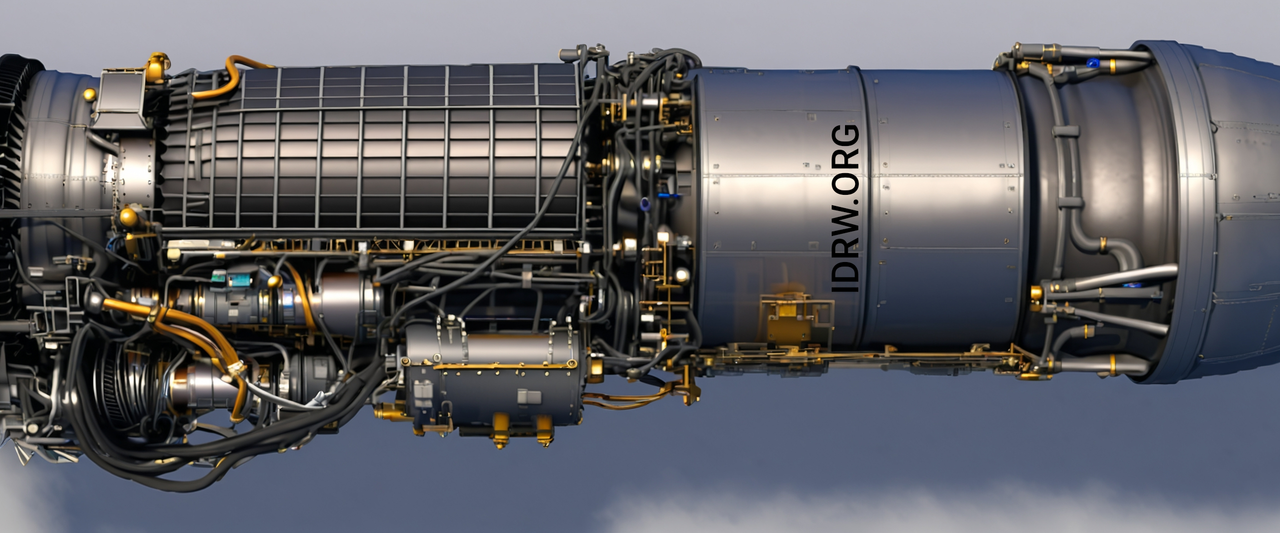

Hindustan Aeronautics Limited (HAL) has confirmed that it is working closely with General Electric (GE) to resolve the supply chain issues impacting the delivery of GE’s F-404 engines, crucial for India’s Light Combat Aircraft (LCA) Tejas Mk1A. The production timeline, however, is set to normalize by 2026, with GE committed to delivering 24-26 engines annually. This supply rate will allow HAL to meet both its domestic orders of 83 jets as well as additional anticipated orders of 97 units within a 7-8 year window, aligning with peak production rates by 2025-26.
The F-404 engine, a cornerstone of the Tejas Mk1A program, has faced delays due to global supply chain disruptions. However, GE has reassured HAL that, starting from 2025-26, deliveries will stabilize at 24-26 engines annually. This output will enable HAL to ramp up production to its peak rate of 24 Tejas Mk1A units per year, meeting the Indian Air Force’s (IAF) demands and laying the foundation for additional export production if required.
Continue readingSOURCE: RAUNAK KUNDE / NEWS BEAT / IDRW.ORG


The collaboration between Airbus and Tata Advanced Systems for the production of the C-295M tactical transport aircraft marks a significant leap forward in India’s aerospace capabilities. This partnership not only introduces a world-class transport platform for the Indian Air Force (IAF) but also ensures long-term operational reliability and sustainability.
Airbus and Tata have assured the IAF that the availability rate of the C-295M fleet will consistently remain in the 90% range. This exceptional uptime is made possible by a robust supply chain and spare parts ecosystem being established within India. With most components locally sourced and maintained, the fleet is expected to experience minimal downtime. This ensures mission readiness and operational efficiency over its projected lifecycle of 40 years.
Continue readingSOURCE: IDRW.ORG.


In a landmark achievement for India’s defense sector, Nagastra-1, the country’s first indigenous loiter munition, developed by Solar Industries India Ltd, is set to be inducted into the Indian Army’s Infantry. This development marks a significant stride in India’s drive for self-reliance under the Make in India initiative and bolsters the Army’s tactical capabilities.
Nagastra-1, developed by Economic Explosives Limited (EEL), a subsidiary of Solar Industries, represents cutting-edge technology tailored for modern combat needs. Loiter munitions, often referred to as “kamikaze drones,” combine the features of unmanned aerial vehicles (UAVs) and precision-guided weapons, capable of identifying, tracking, and neutralizing targets with high accuracy.
Continue readingSOURCE: IDRW.ORG.
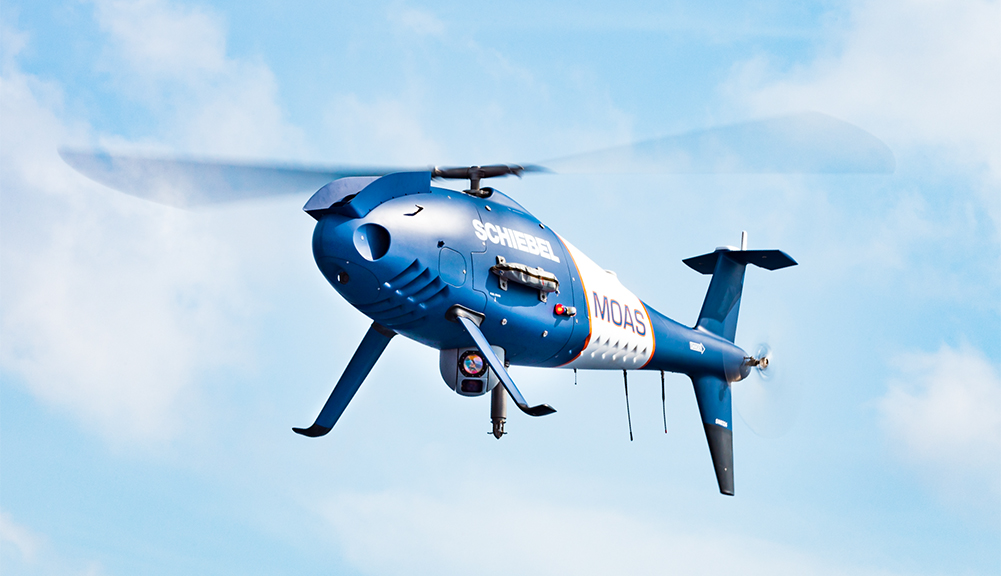

Schiebel India, the subsidiary of Austrian unmanned aerial systems manufacturer Schiebel, is looking to expand its market presence in India beyond military applications. After successfully securing orders for its flagship Camcopter S-100 from the Indian Navy, the company is now targeting the civilian sector, according to Jajati Mohanty, CEO of Schiebel India.
The Camcopter S-100, renowned as a best-in-class Vertical Take-off and Landing (VTOL) Unmanned Aerial System (UAS), has gained extensive operational experience in both military and civilian applications. The system is designed for versatile, high-performance operations across various domains.
Continue readingSOURCE: RAUNAK KUNDE / NEWS BEAT / IDRW.ORG
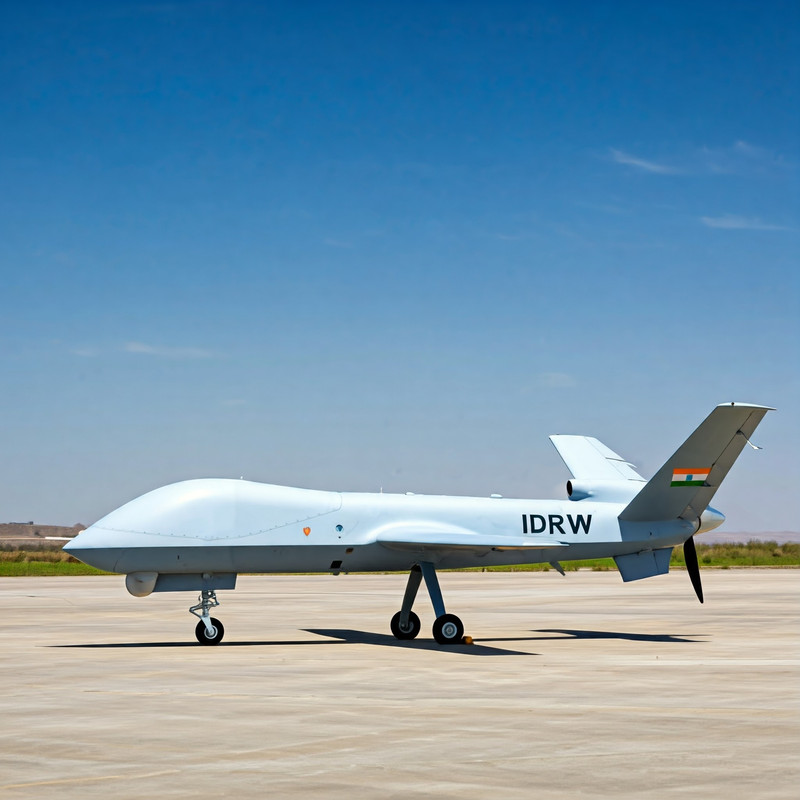

Nagpur-based private defense manufacturer, Economic Explosives Limited (EEL), has embarked on an ambitious project to develop a Medium Altitude Long Endurance (MALE) Unmanned Aerial Vehicle (UAV). The initiative has been proposed under the Indigenous Design, Development, and Manufacturing (IDDM) framework, with research already underway. This marks a significant step by a private player to address a critical gap in India’s defense capabilities, which has persisted due to challenges faced by traditional development agencies.
India’s Defence Research and Development Organisation (DRDO) has struggled to meet the Indian Armed Forces’ technical requirements for MALE UAVs capable of operating at altitudes above 30,000 feet and sustaining flight durations of nearly 24 hours. As a result, the armed forces have relied heavily on imported platforms, a situation the government aims to address through the Atmanirbhar Bharat (self-reliant India) initiative.
Continue readingSOURCE: RAUNAK KUNDE / NEWS BEAT / IDRW.ORG


Indian Navy Chief Admiral Dinesh K Tripathi, recently confirmed that the government has granted approval for the indigenous development of two nuclear-powered attack submarines (SSNs). This significant move highlights the Indian Navy’s growing confidence in the country’s ability to design and produce advanced defense platforms in-house.
Admiral Tripathi also addressed the projected timeline for the SSNs’ delivery, stating that the first nuclear-powered attack submarine is expected to be delivered by 2036-37. This timeline is deemed very realistic, considering the complexities involved in building nuclear-powered vessels from scratch. Following the first SSN’s induction, the second one is expected to be delivered within two years, further enhancing the Navy’s capabilities.
Continue readingSOURCE: RAUNAK KUNDE / NEWS BEAT / IDRW.ORG
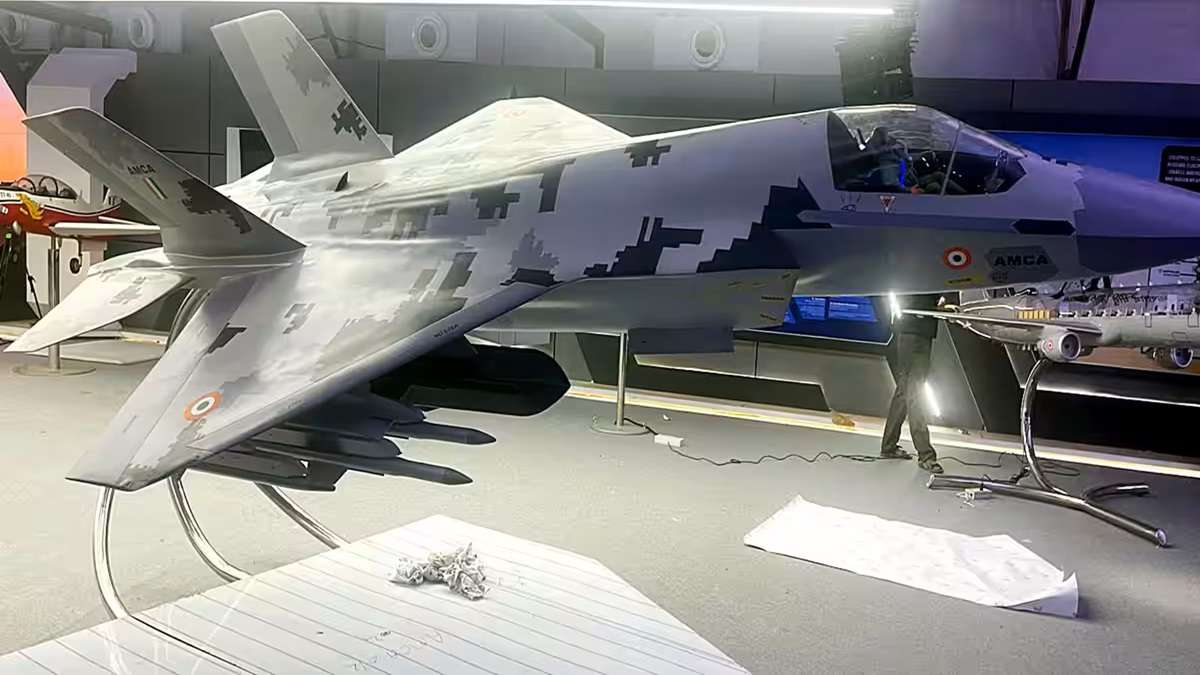

Former DRDO Chief Dr. G. Satheesh Reddy, speaking at the Emerging Technologies in Defence event held by the Madras Management Association in Chennai, shared promising insights about India’s Advanced Medium Combat Aircraft (AMCA) program. Dr. Reddy highlighted that the AMCA’s prototype rollout could happen as early as the end of 2026, despite the program receiving production clearance and Cabinet Committee on Security (CCS) funding only eight months ago in 2024.
Dr. Reddy attributed this accelerated timeline to the expertise and infrastructure established by the DRDO and HAL over decades of work on the LCA program. These institutions have built a foundation of technological know-how, advanced testing facilities, and a network of supply chains, enabling the AMCA program to progress at an unprecedented pace.
Continue readingSOURCE: IDRW.ORG.
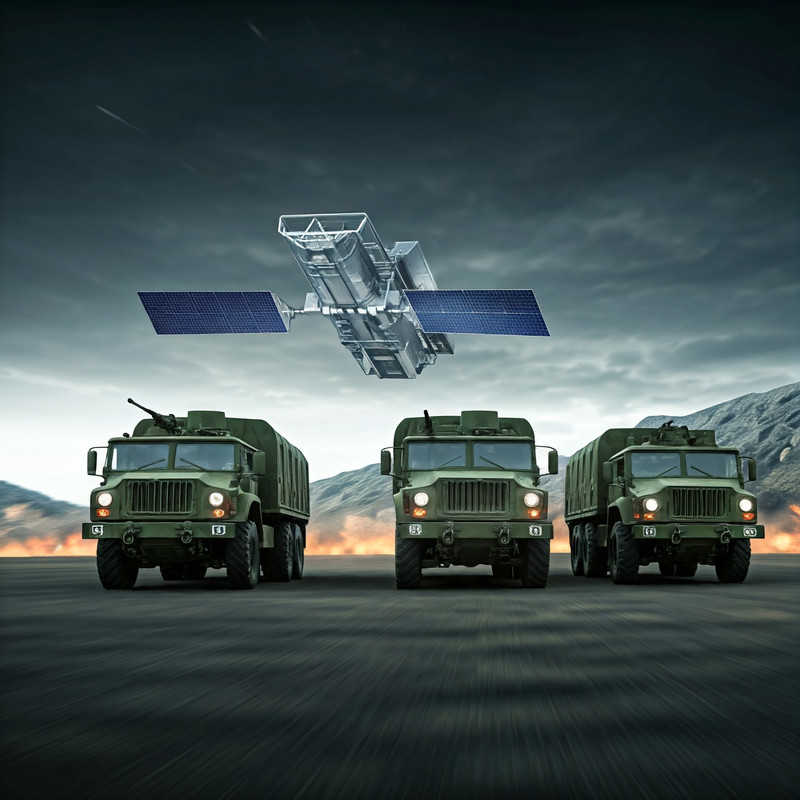

As India strides toward enhanced digital connectivity, the introduction of satellite internet services like Starlink presents both significant opportunities and potential challenges. Developed by SpaceX, Starlink aims to deliver high-speed internet to even the most remote regions using a constellation of low Earth orbit satellites. While this technology has the potential to bridge the digital divide, it also raises serious concerns about national security, particularly in sensitive or troubled regions.
Starlink’s ability to function independently of traditional terrestrial internet infrastructure is one of its greatest strengths but also its most pressing challenge. Unlike conventional internet services, which rely on physical networks within a country, Starlink provides connectivity directly via satellites and small ground terminals. This independence can enable unregulated and encrypted communication, posing a serious threat in areas experiencing unrest or conflict. For instance, in regions with ongoing insurgencies or militant activities, access to Starlink could allow hostile actors to bypass government-imposed restrictions, coordinate operations, and evade surveillance.
Continue readingSOURCE: RAUNAK KUNDE / NEWS BEAT / IDRW.ORG
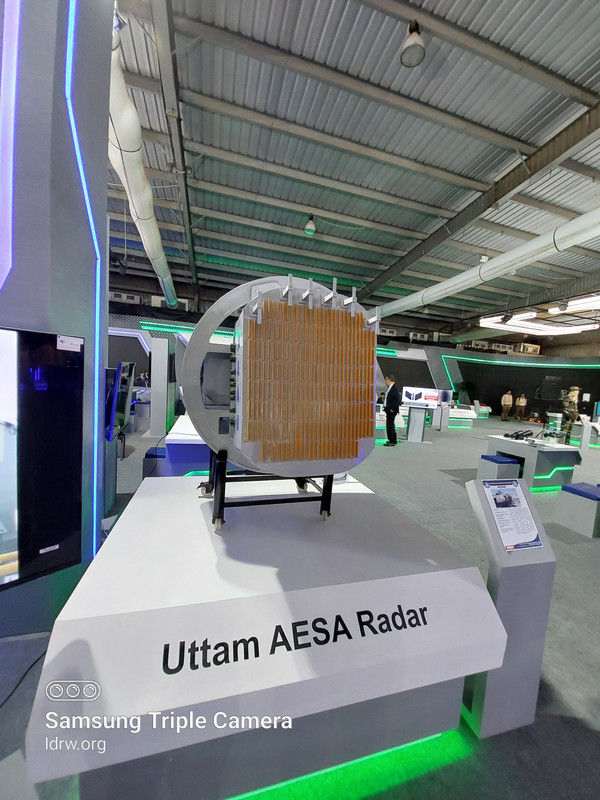

India’s ambitious fighter jet programs, the Tejas Mk1A and Tejas MkII, are set to share the same state-of-the-art Uttam Active Electronically Scanned Array (AESA) Fire Control Radar, underscoring a focus on commonality and advanced technology in the country’s defense aviation sector. This decision not only streamlines production and integration but also enhances the operational capabilities of both aircraft platforms.
The Uttam AESA radar, developed by India’s Defence Research and Development Organisation (DRDO), features 912 Transmit-Receive Modules (TRMs) with 896 active elements, and 16 receive-only elements using Gallium Arsenide (GaAs) technology. This radar offers exceptional performance in air-to-air, air-to-ground, and air-to-sea missions, ensuring high levels of situational awareness and targeting precision.
Continue readingSOURCE: RAUNAK KUNDE / NEWS BEAT / IDRW.ORG
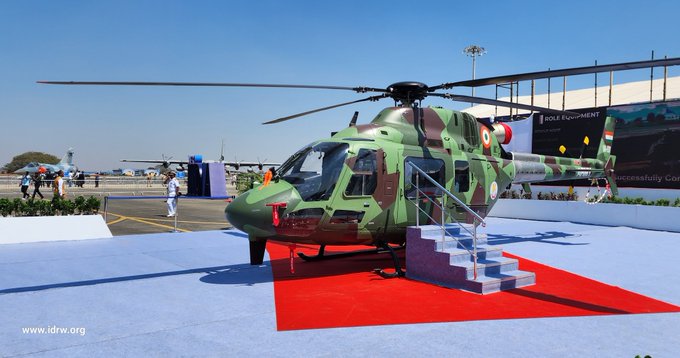

Hindustan Aeronautics Limited (HAL) is reimagining its production approach for the Light Utility Helicopter (LUH), aiming to meet the burgeoning demand from the Indian Army and Indian Air Force (IAF) while fostering the growth of the domestic aerospace manufacturing ecosystem. The LUH, a 3-tonne class, highly agile, new-generation helicopter, is set to replace the legacy Cheetah and Chetak helicopters currently in service.
With a combined requirement of nearly 400 LUHs, HAL is gearing up to streamline its production process to achieve a potential peak capacity of 30 units per year at its Tumakuru facility.
Continue reading